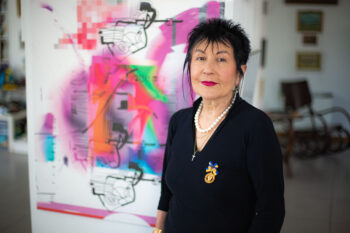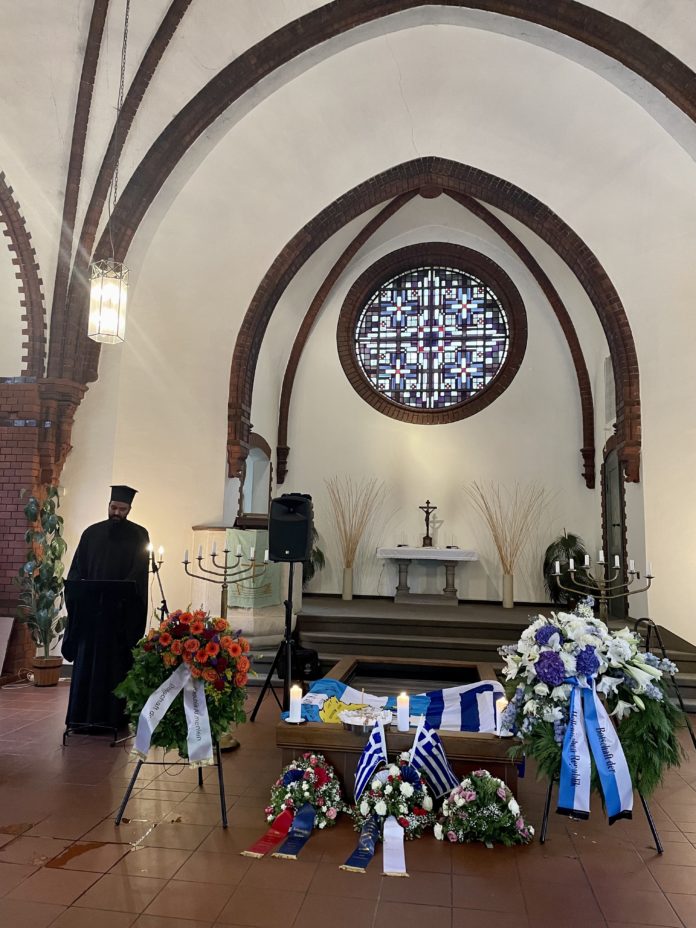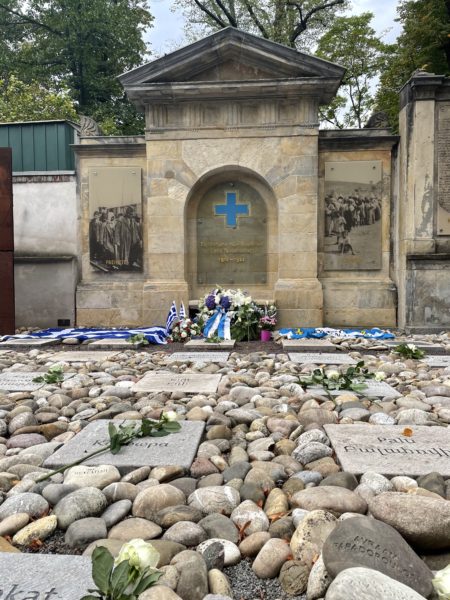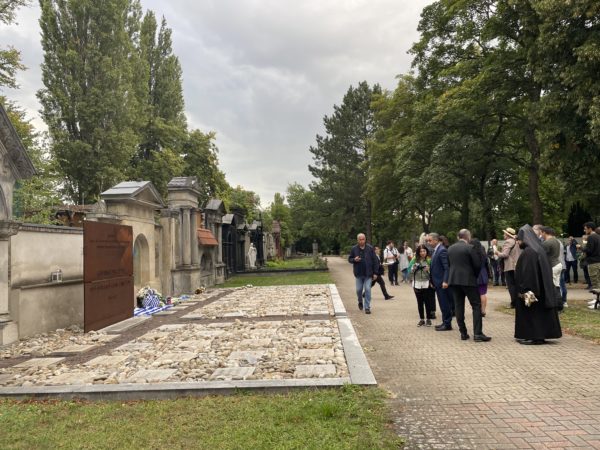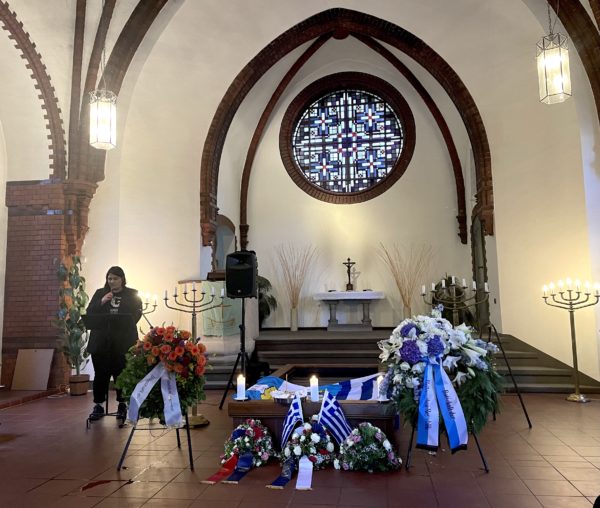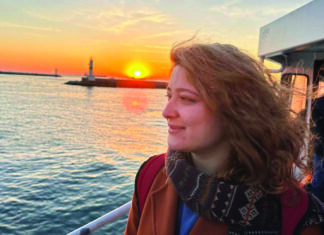BERLIN — “The Smyrna horror is beyond the conception of the imagination and the power of words.” This is how an American physician, Dr. Esther Clayson Pohl Lovejoy (1869-1967), characterized the events she witnessed in the city of Smyrna in September 1922.
In the German capital, one hundred years later — almost to the day — diplomats, political figures, representatives of the Greek and Armenian communities, civil society and clergy, as well as citizens from Berlin and beyond gathered to commemorate the victims of The Great Fire of Smyrna.
On September 10, Prof. Tessa Hofmann, spokeswoman of the Board of the Promotional Society for the Ecumenical Monuments for Genocide Victims of the Ottoman Empire (FÖGG), gave a guided tour of the altars of remembrance honoring the Greek, Syrian Orthodox and Armenian victims of the Ottoman genocide, located in the Luisenkirchhof cemetery in Berlin-Charlottenburg. The following day, in the chapel of the cemetery, she opened the program with a review of the historical events.
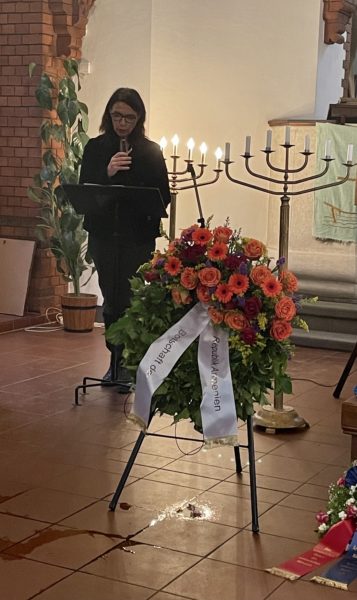
Capture, Plunder, Massacre and Arson
At the time of its capture on September 8, 1922, Smyrna was a city without defenses. “Hours prior to the entry of Kemalist armed forces, the Greek armed forces, who, tasked in May 1919 by the Allies to take over the defense of the Christian population in the Smyrna district, had left by sea,” Hofmann said.
A Christian majority of the city of a half million inhabitants, included 150,000 Greek Orthodox Ottoman citizens, 25,000 Armenians, several thousand Italians, French, British and about 100 Americans, according to contemporary diplomatic sources.
